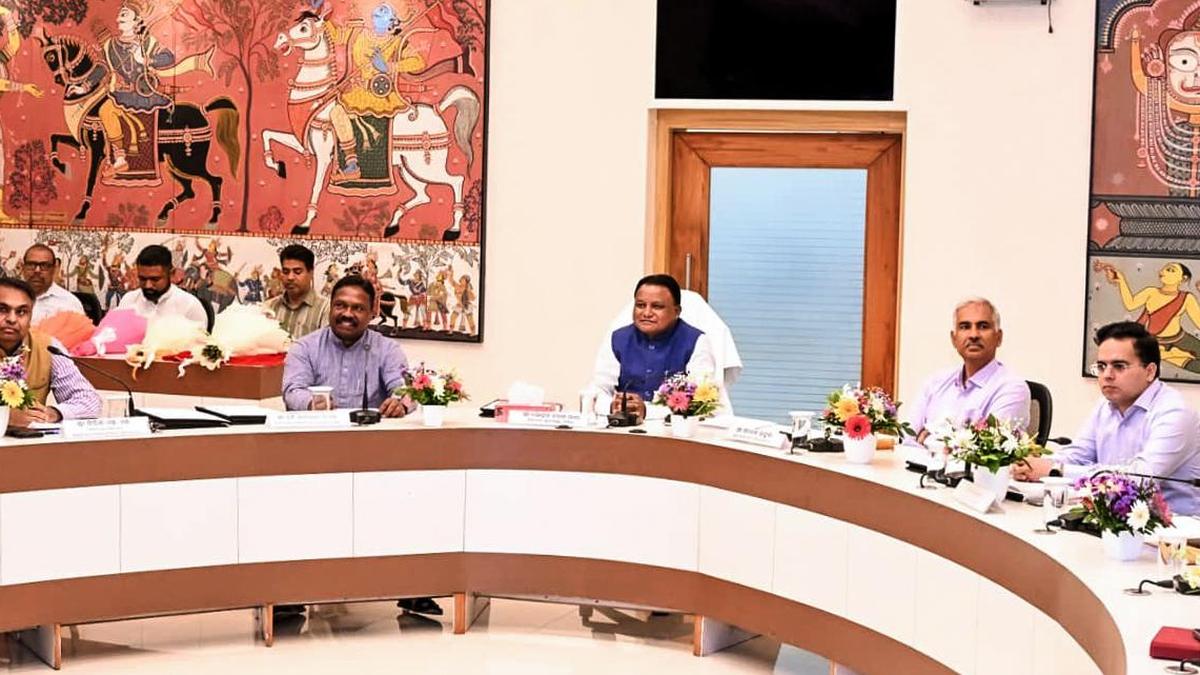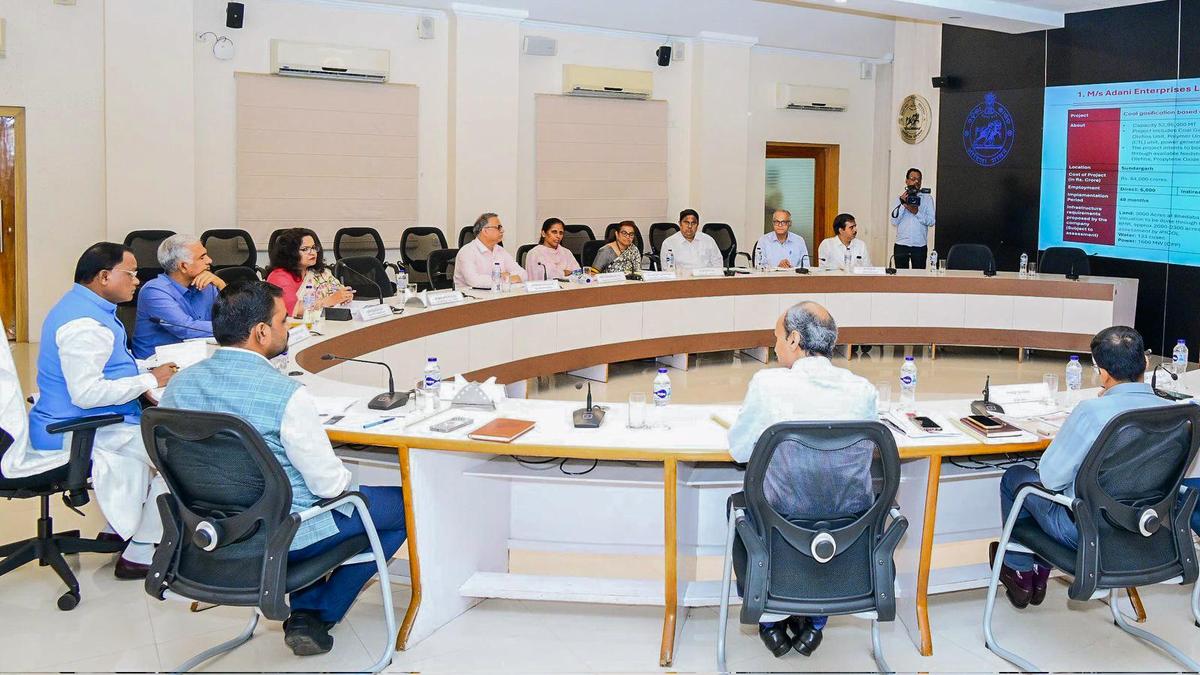ARTICLE AD BOX
With the final exit of the MiG-21s last month bringing down the IAF fighter squadron strength to 29 as against the sanctioned 42, there’s a push within the government to go ahead with the programme to upgrade the Sukhoi Su-30MKI fleet, the backbone of the IAF, officials aware of the latest discussions have told The Sunday Express.
The Su-30MKI upgrade programme, also referred to as the Super Sukhoi programme, is a major midlife upgrade programme which can increase the service life of the multirole fighter by another 20 years.
According to officials, the upgradation proposal is currently being examined by the Ministry of Defence and efforts are underway to fast-track its movement to the Cabinet Committee of Security (CCS) for its approval.
“It is currently being examined by the Ministry of Defence. Efforts are on to send it soon to the CCS for its sanction for the design and development phase,” a senior official said, adding that around 80 aircraft will be upgraded under this programme.
The upgrade, the official said, will include a new cockpit, avionics, radars and IR sensors, a new electronic warfare suite including jammer pods.
Officials said the upgrade programme is nearly finalised and once it gets the CCS sanction, state-owned Hindustan Aeronautics Limited (HAL) has set a timeline to deliver the aircraft’s initial operational clearance (IOC) version in five years and the final operational clearance (FOC) version in seven years of the CCS nod.
While an IOC aircraft typically achieves a certain milestone before full-scale production can begin, which can include integration of a few basic key features, the FOC version refers to the version which is more combat-ready with all planned weapon integration and other upgrades.
Story continues below this ad
The development also assumes significance in the context of the IAF’s dwindling fighter squadron strength, which went down to 29 after the last of the MiG-21s retired in September. The IAF currently has a sanctioned fighter squadron strength of 42.
The IAF is yet to receive delivery of any of the 83 Light Combat Aircraft Tejas Mk1A from the HAL.
In November 2023, the Defence Acquisition Council (DAC), headed by Defence Minister Rajnath Singh, had accorded an Acceptance of Necessity for upgradation of Su-30MKI aircraft indigenously from HAL.
Explained
The worry, the need
The dwindling combat strength is a concern given that the IAF has to patrol the skies over the borders with Pakistan and China. Down to 29 squadrons from the sanctioned strength of 42, the IAF is in urgent need of aircraft. The Jaguar and Mirage 2000 fleets will be retired in a phased manner sometime after 2030 and the IAF is still to receive delivery of the Tejas MK1A to fill existing gaps.
In December 2024, the DAC accorded an Acceptance of Necessity for procurement of Electronic Warfare Suite (EWS) comprising External Airborne Self Protection Jammer pods, Next Generation Radar Warning Receiver and associated equipment for the Su-30MKI.
Story continues below this ad
According to the Ministry of Defence, this system will enhance the operational capabilities of the Su-30MKI and protect it from enemy radars and related weapon systems during missions against enemy targets protected by air defence systems.
Last year, the DAC also gave its nod for the overhaul of engines of the Su-30MKI which will enhance service life.
Earlier this month, IAF chief Air Chief Marshal A P Singh said the processes related to the Su-30MKI upgrade are currently underway. He said systems are being developed and the process of contracting for integration of those systems is going on, and will likely involve the Russians at certain stages. “That discussion is on,” he said.
Without mentioning the exact number of aircraft being considered for upgradation, he said that in such programmes, 70%-75% of the fleet is catered for.










 English (US) ·
English (US) ·